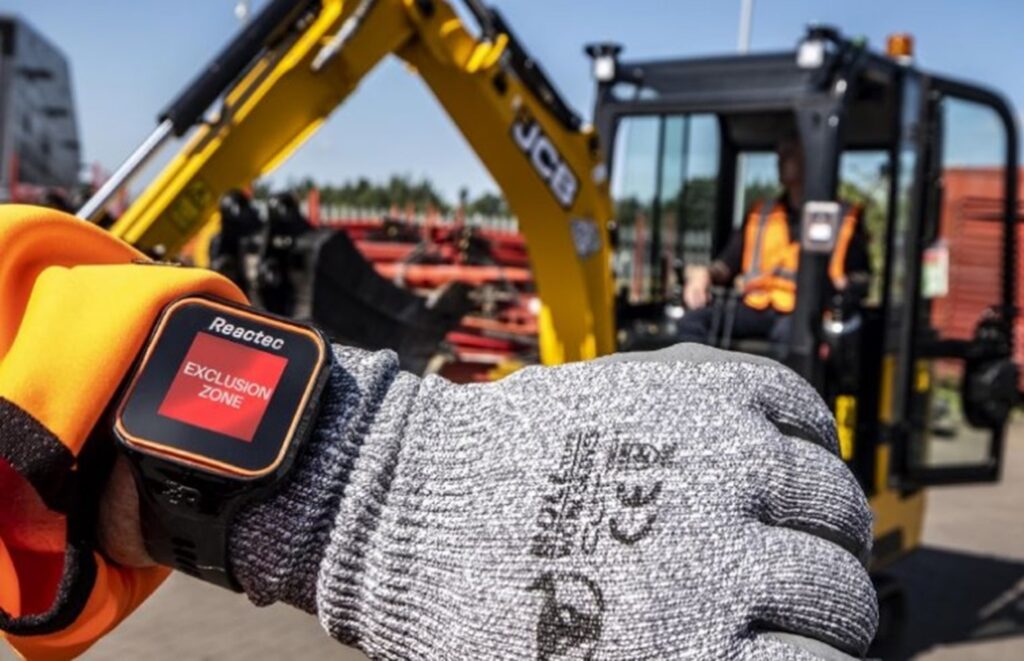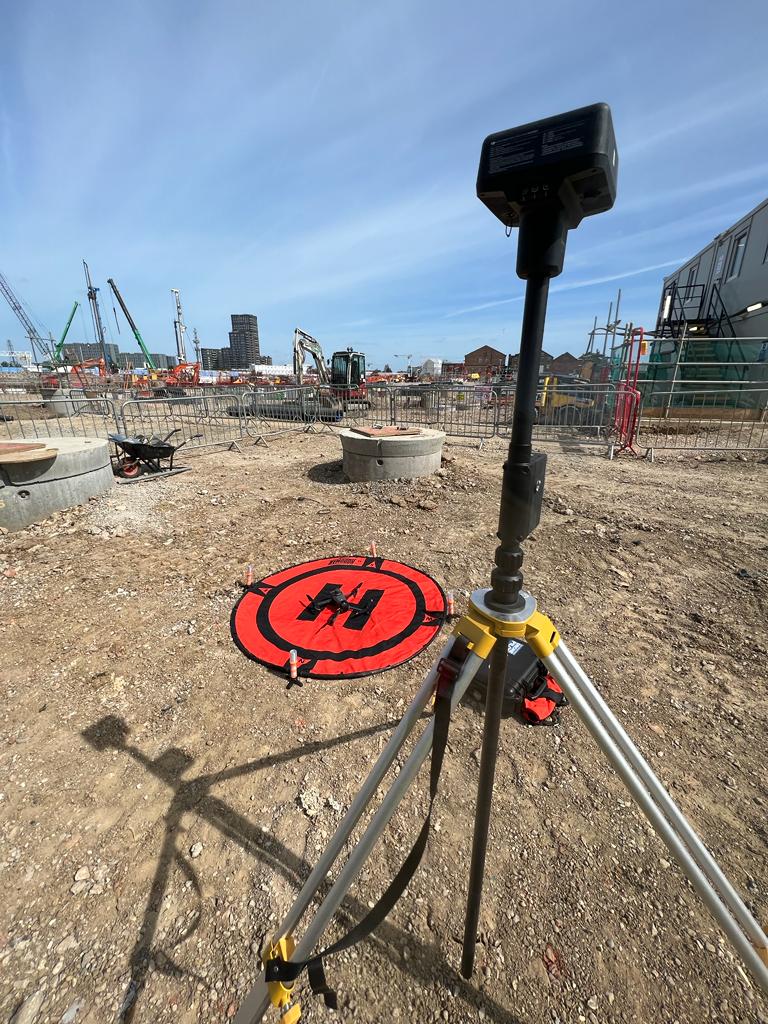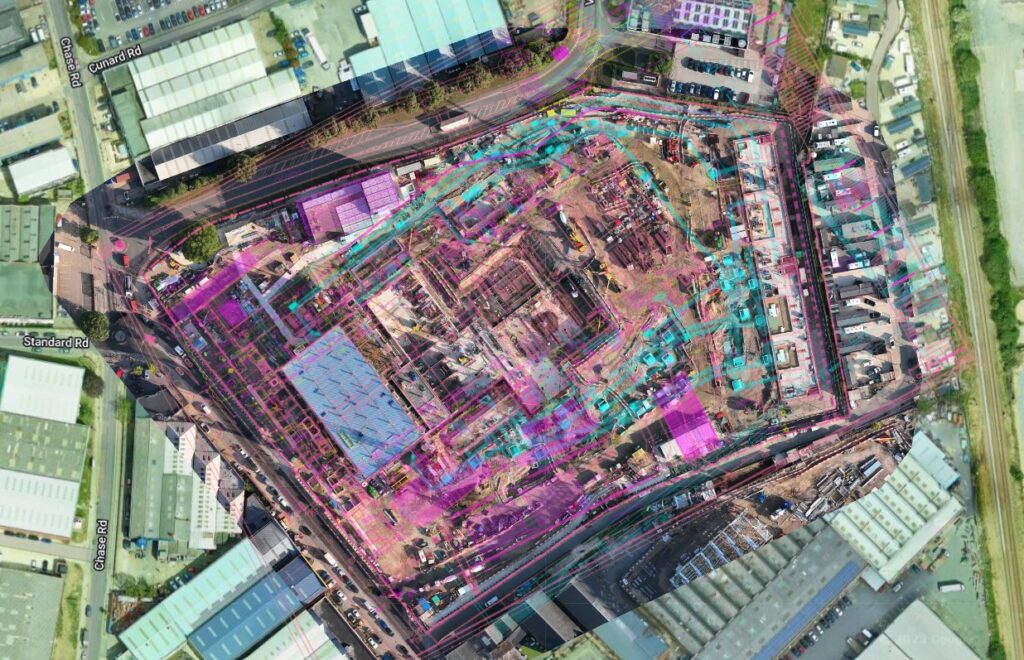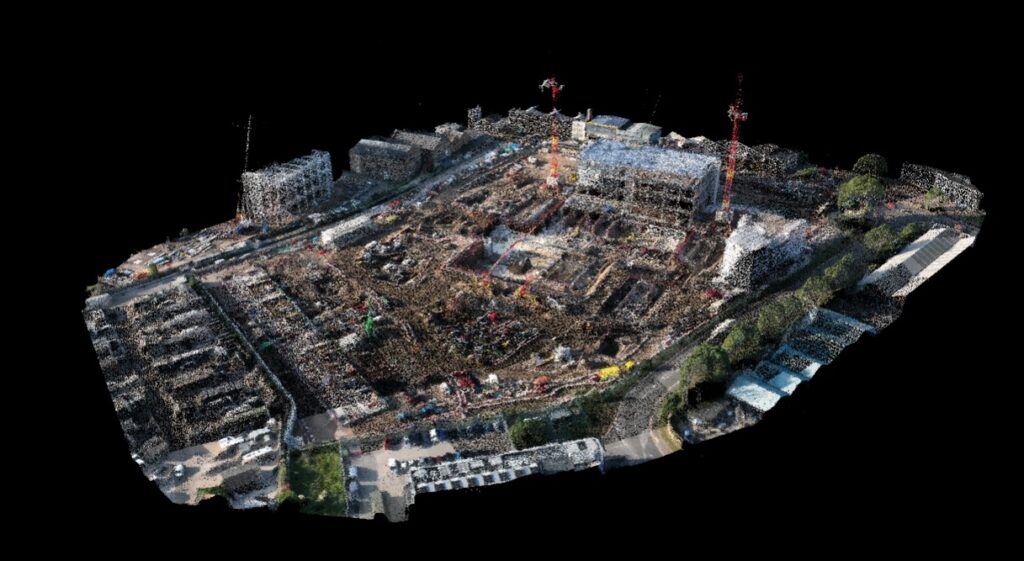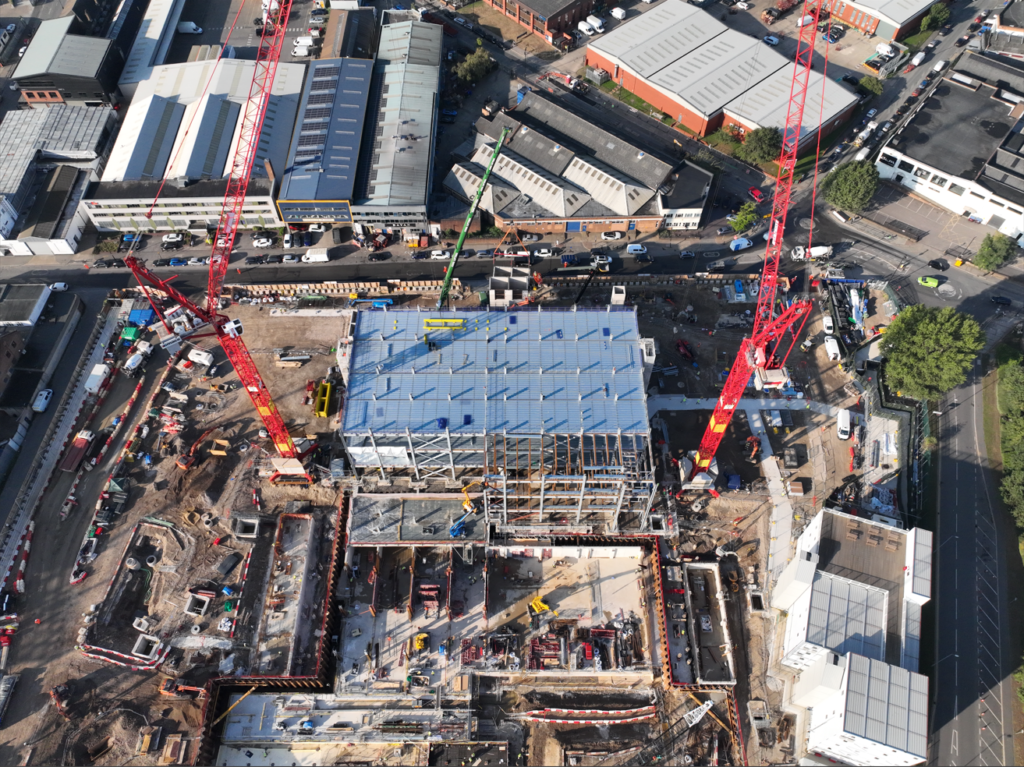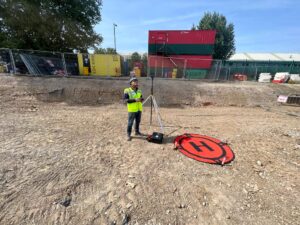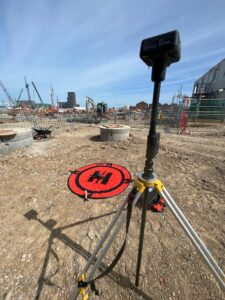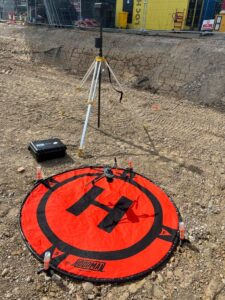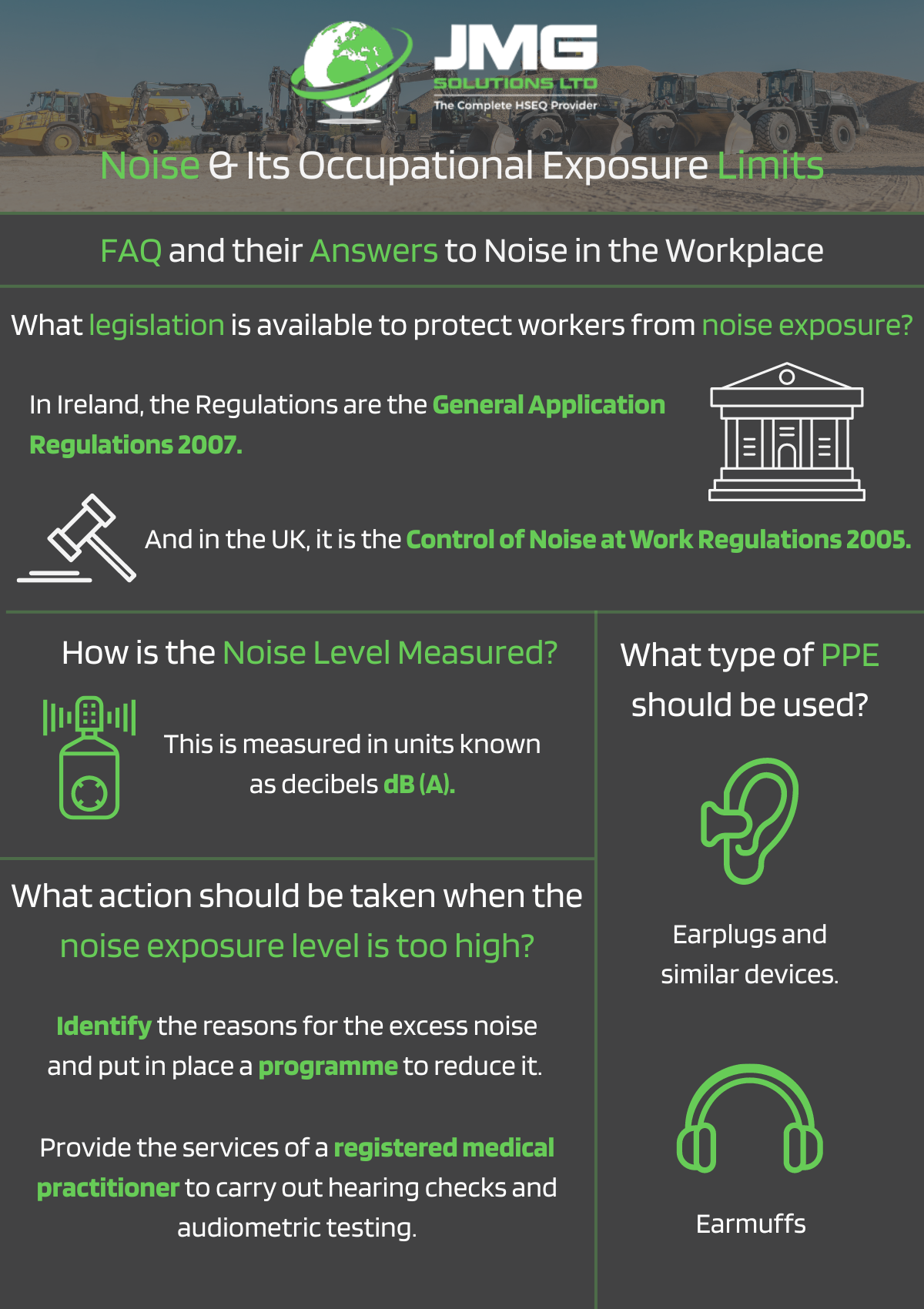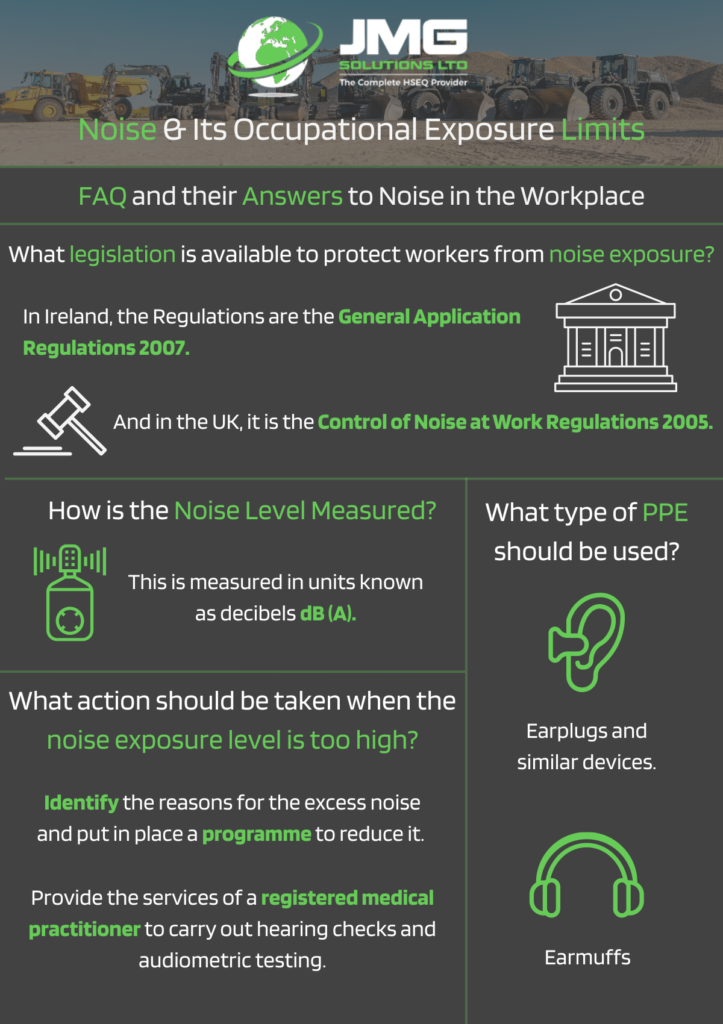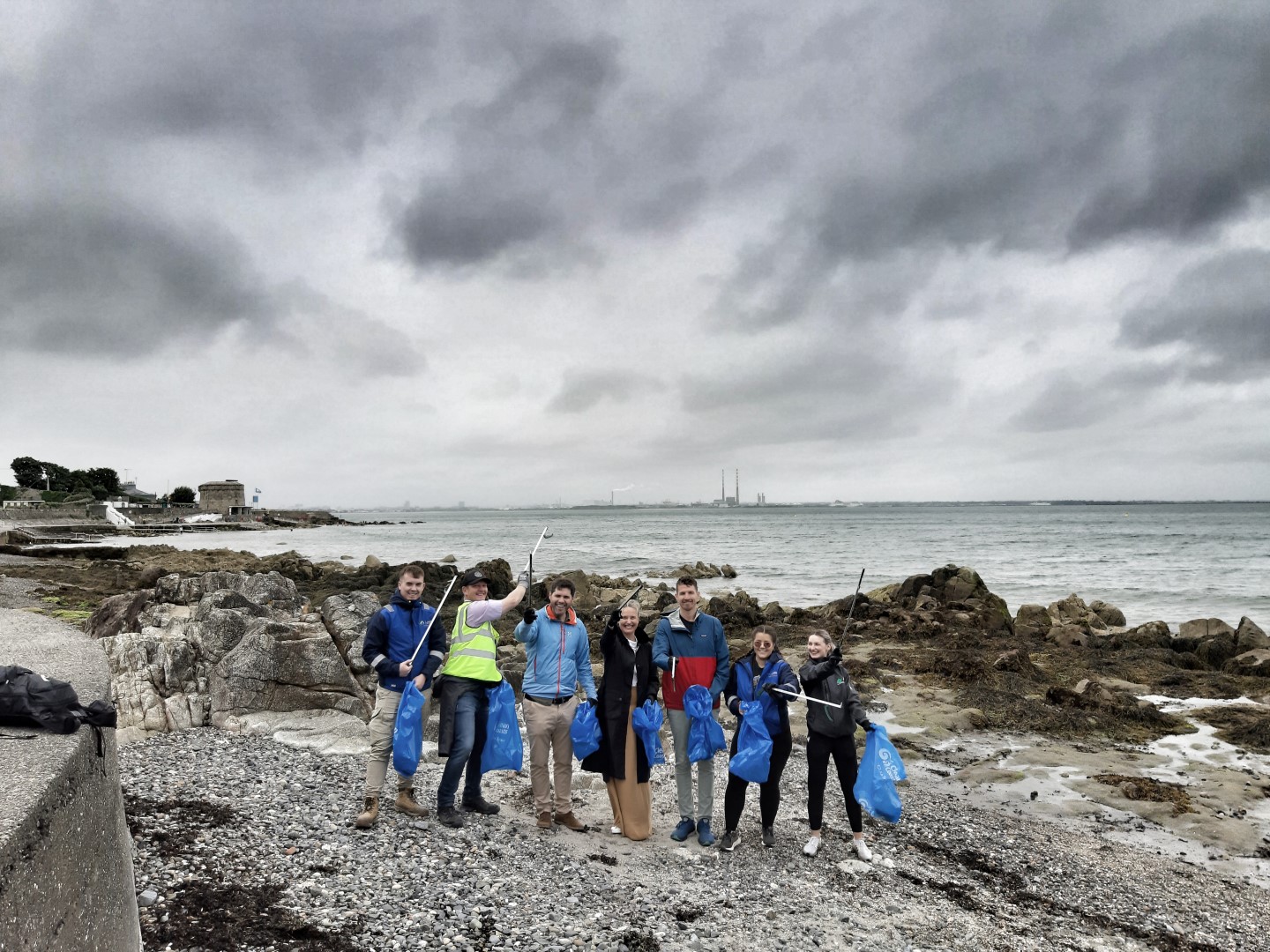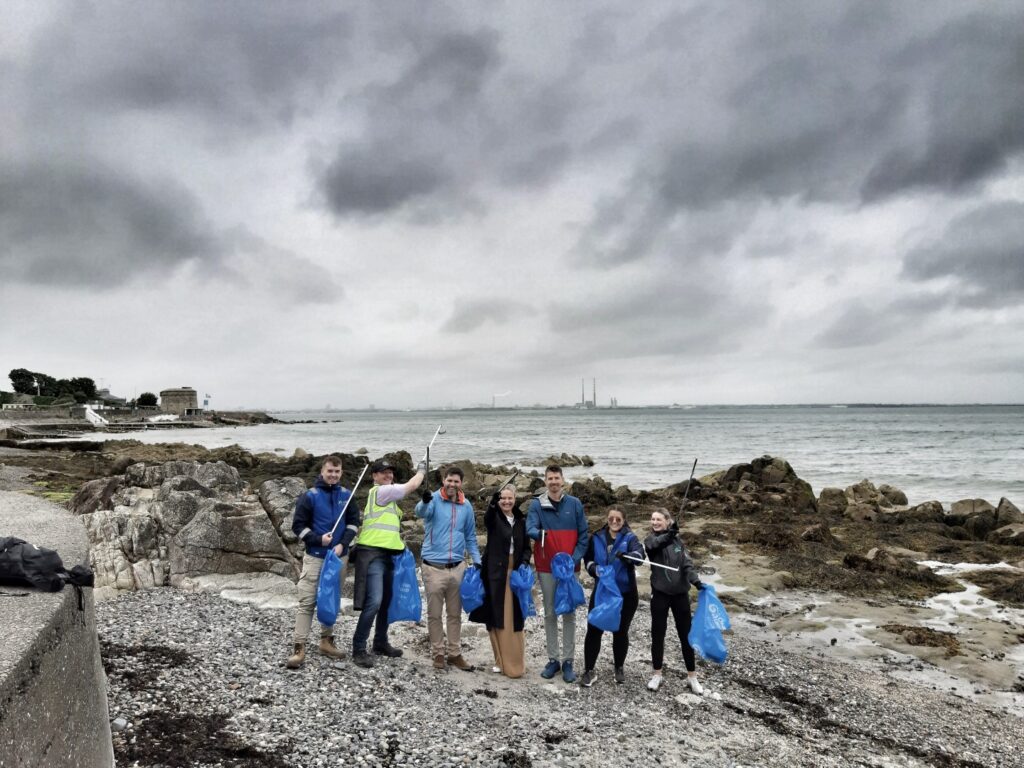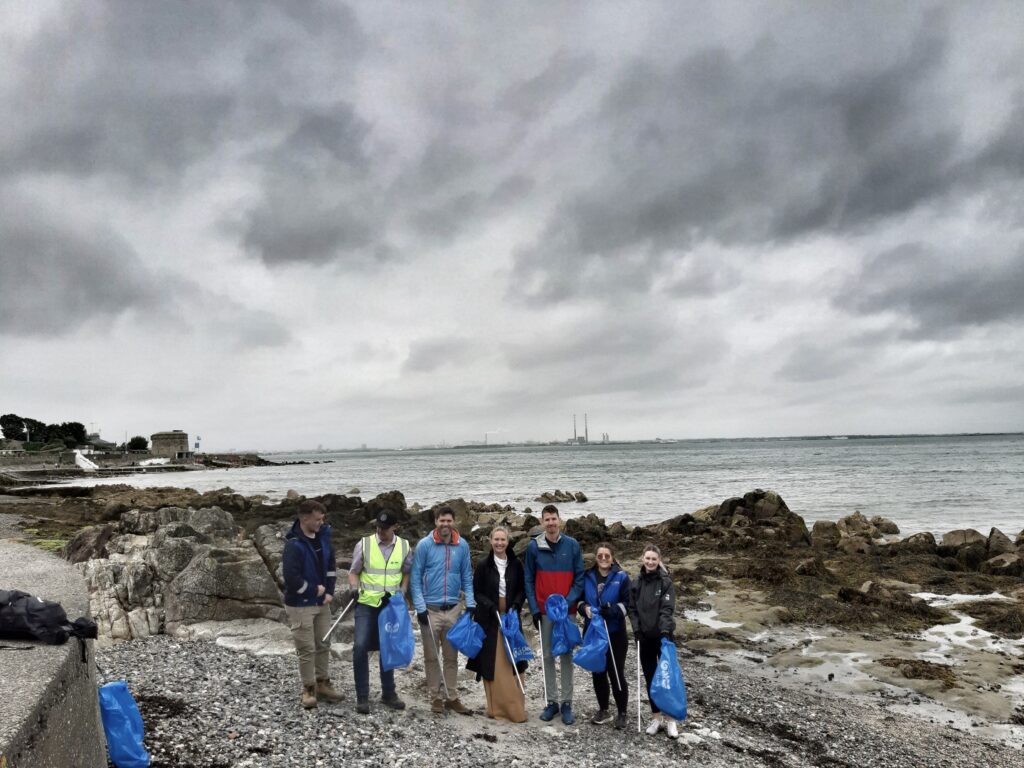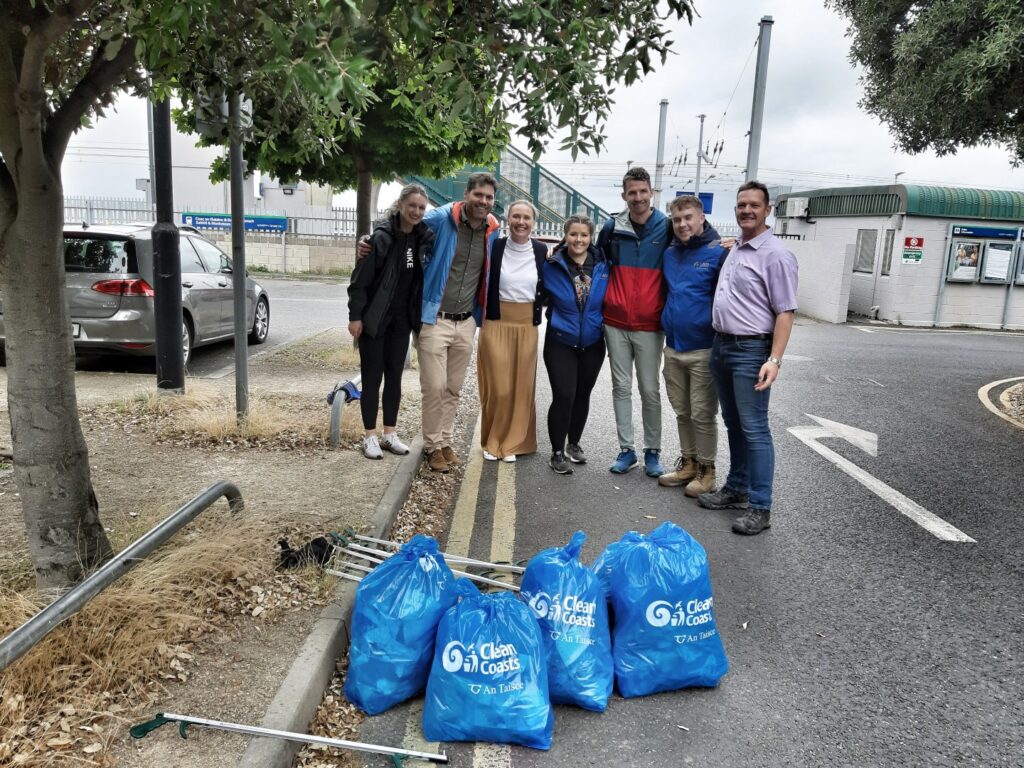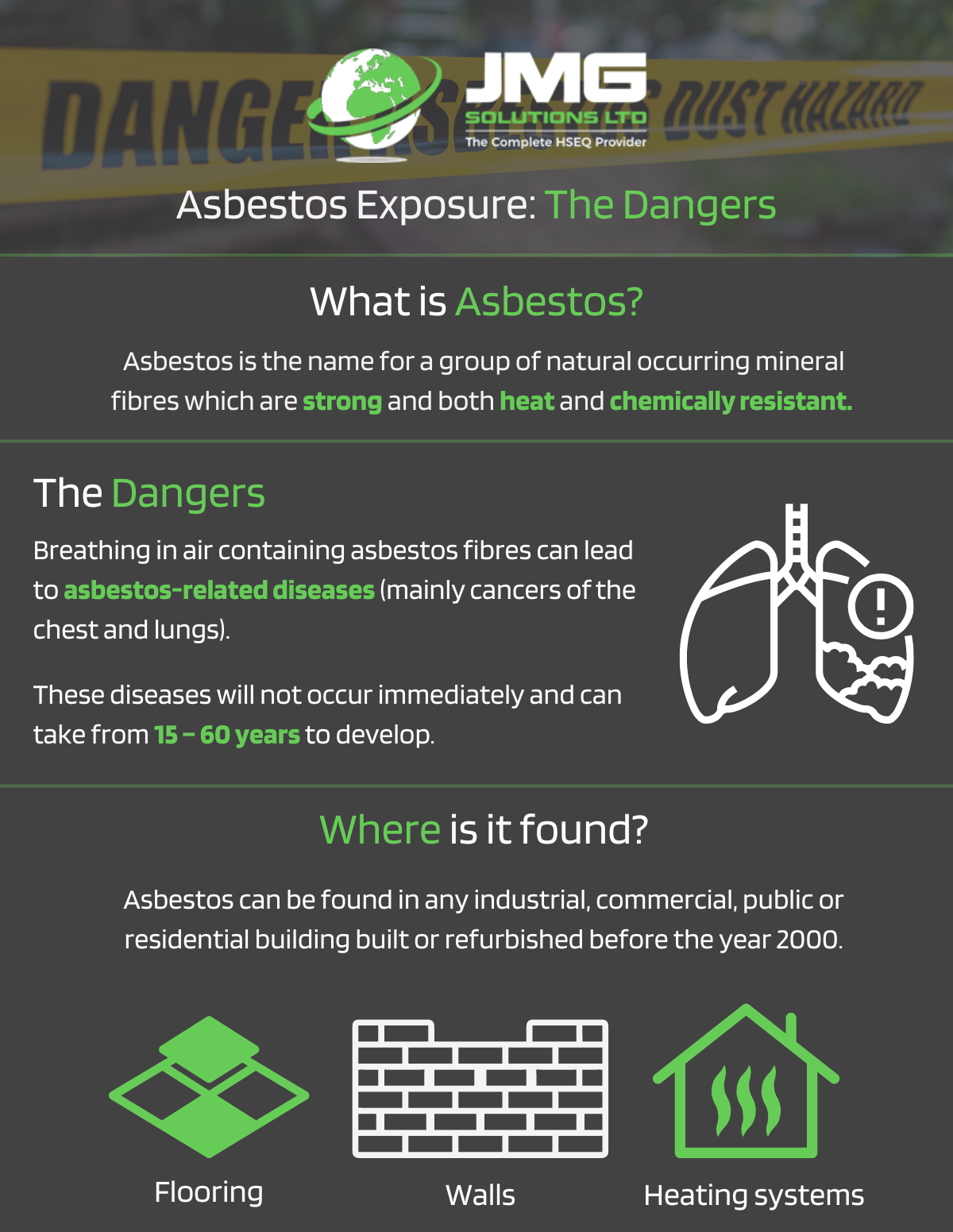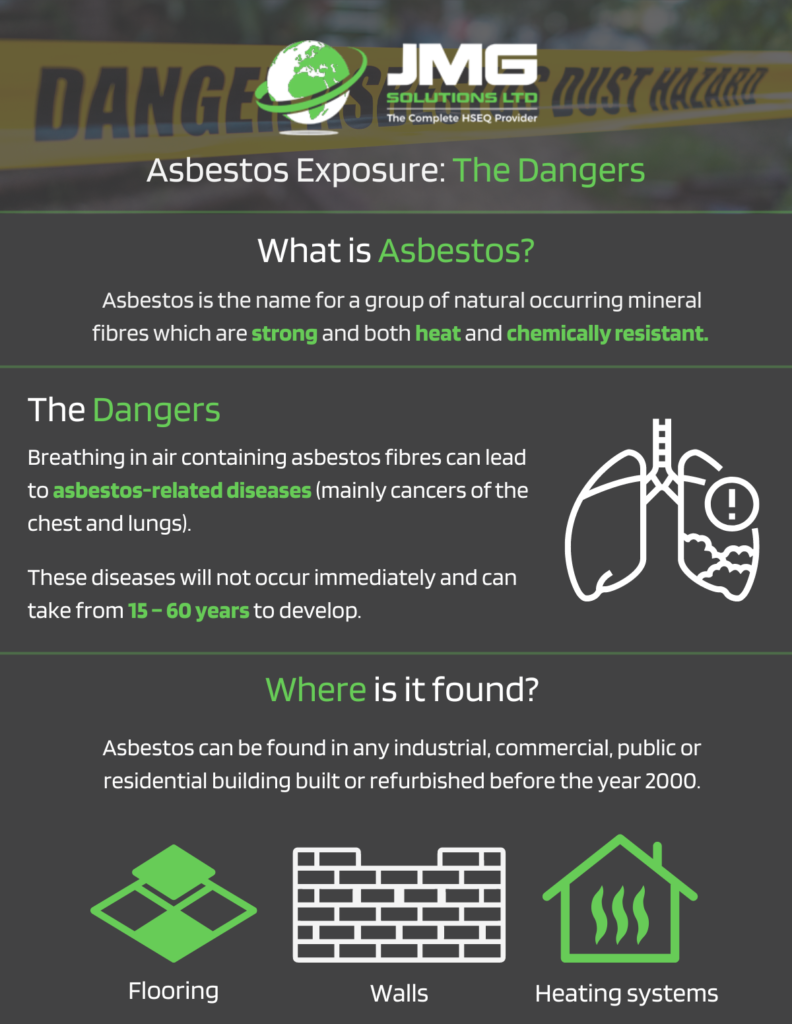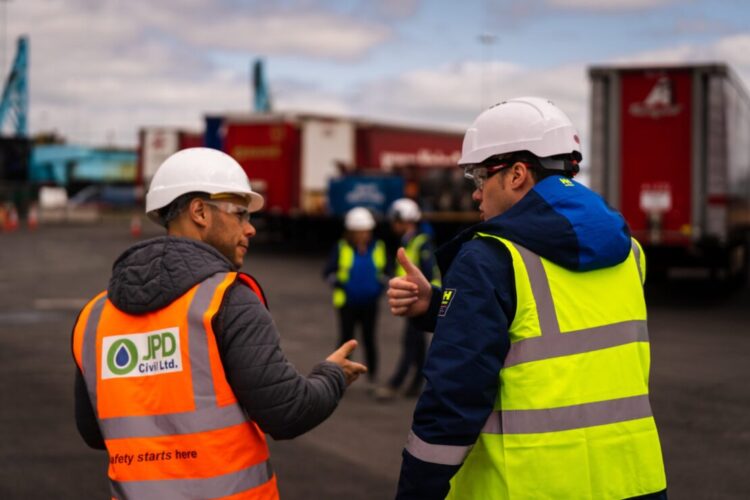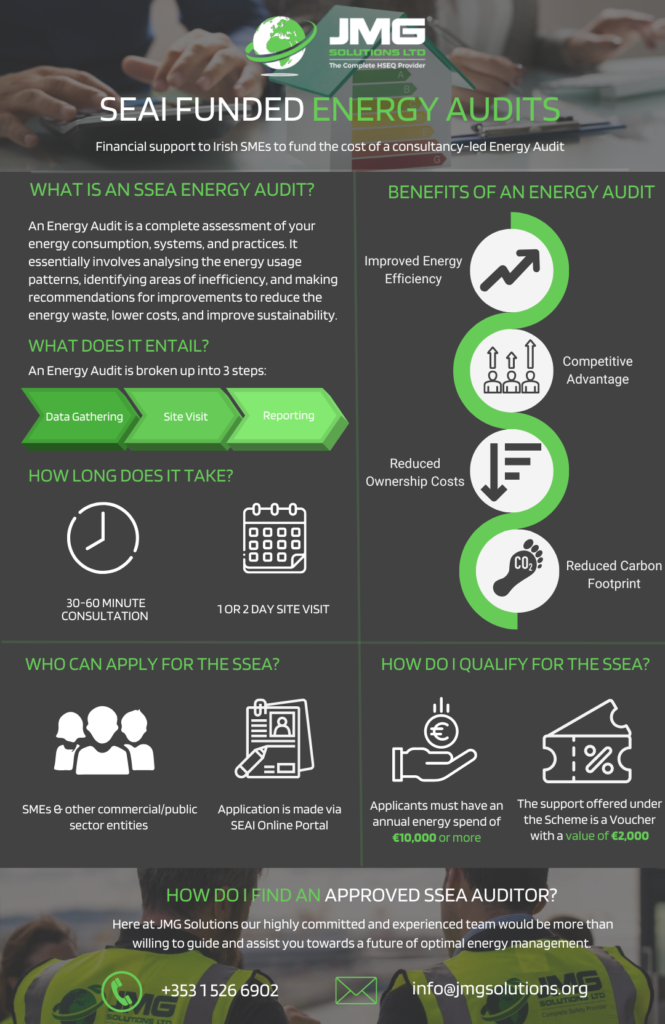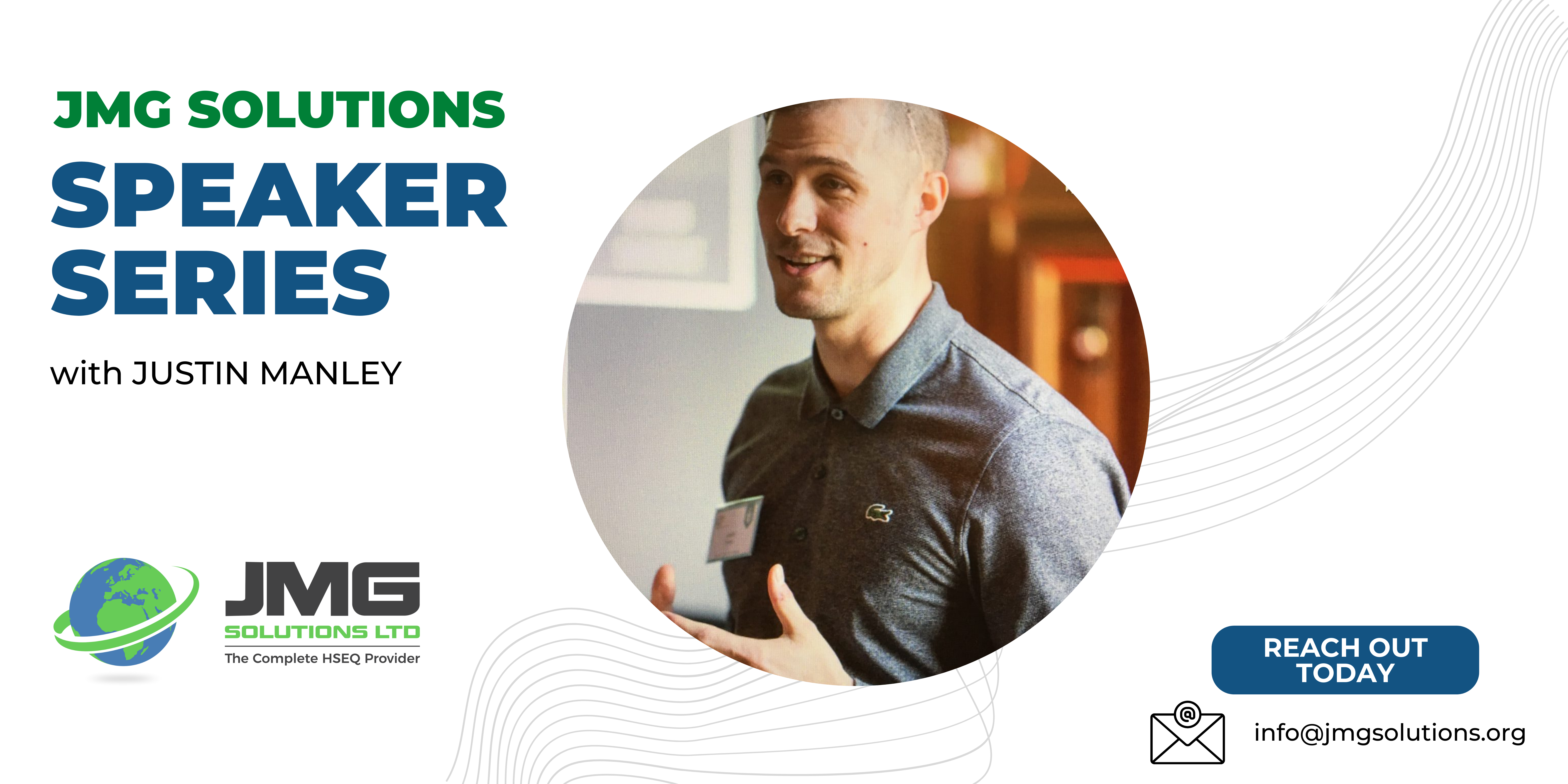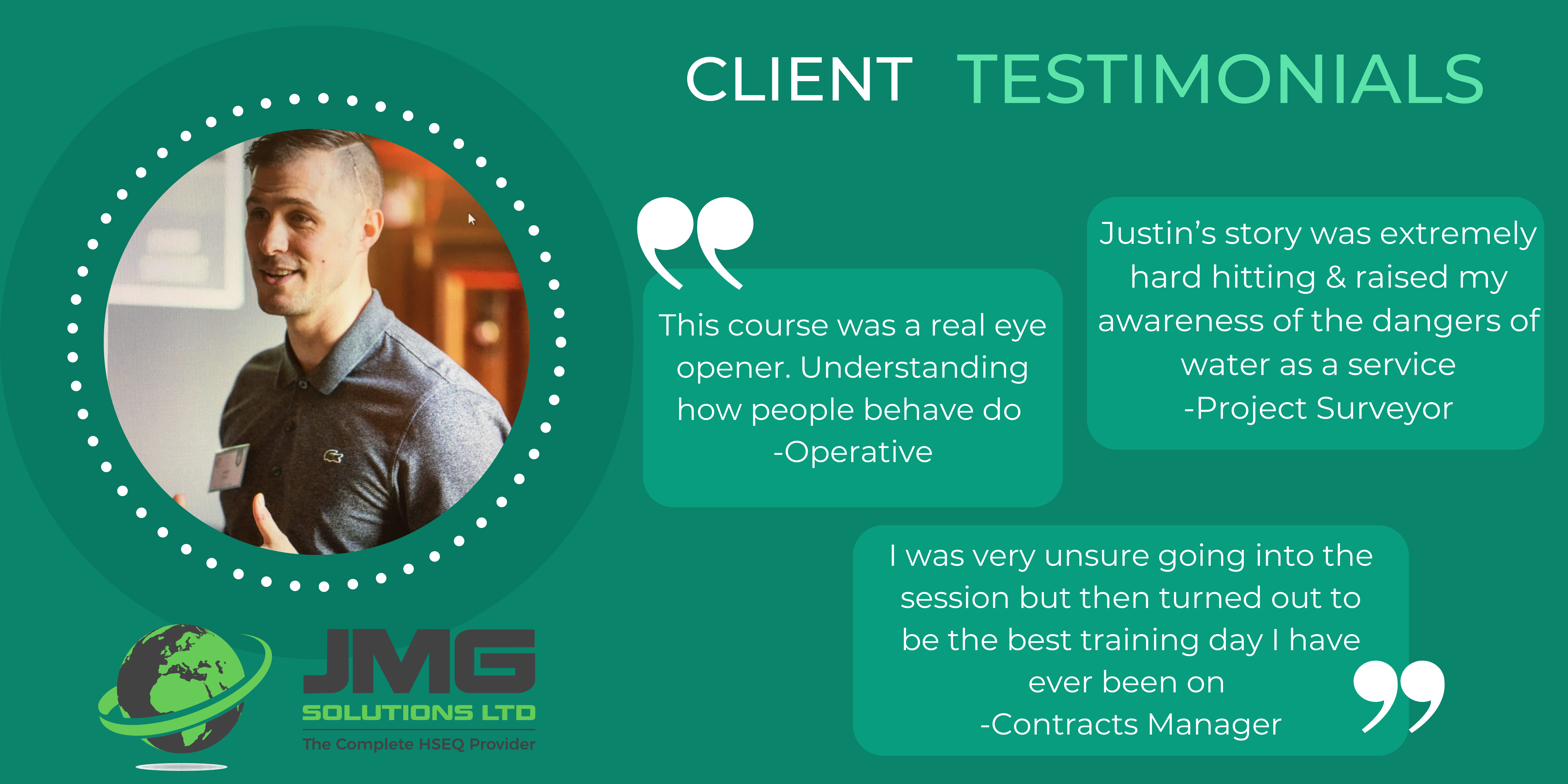Our clients involved in the Data Centre Project in London have also been using R-Link, A watch that is of a major assistance to safety on a construction site. In this months newsletter, we explain what R-Link is and the impact it can have on a site:
The R-Link smart watch uses the latest ultra-wideband technology to alert an operator when they are within dangerous proximity to moving vehicles or restricted areas.
How it Works:
R-Link is a holistic eco-system to link you to your employees, dependent only on an internet connection through a public mobile phone network or local wi-fi.
Assign an R-Link watch at the start of the working day. Your employee or visitor’s credentials, as entered in the Reactec Analytics software, will then control what type of protection they receive throughout the day.
Use R-Link beacons to create a no-go zone around dangerous plant.
A single R-Link gateway at the watch charging areas, automatically and safely transmits data to the powerful cloud-based Reactec Analytics software under GDPR compliance.
The Reactec Analytics turns the R-Link data on risk levels, near misses and employee activity into intelligence to create a safer, more sustainable work environment.
What problem(s) is this trial hoping to solve?
Reducing the risks surrounding People and Plant Interface – the equipment also provides essential data on when and where current Risk Control Measures are being breached, this then allows us to focus our attention to the required area and establish further controls.
